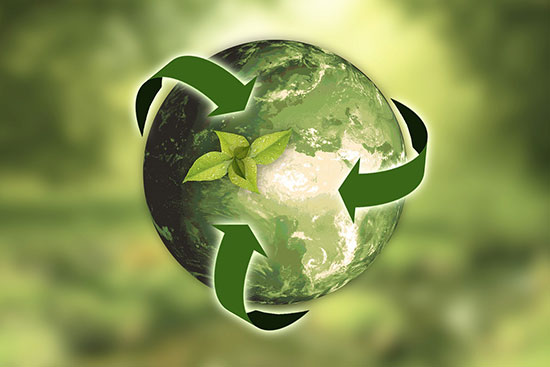
Mar 28, 2025
Plastics have become essential to modern life, used in everything from packaging and electronics to clothing and cars. However, their widespread use has led to a global waste crisis. Most traditional plastics can take hundreds of years to decompose, with a significant amount ending up in landfills or oceans.
As the demand for sustainable alternatives increases, bioplastics are emerging as a promising solution. According to BCC Research, the global bioplastics market, in terms of volume, is projected to grow from 2,431.9 kilotons in 2024 to 5,634.6 kilotons by 2029, at a CAGR of 18.3%.
In this blog, we’ll explore the basics of bioplastics, their importance, key applications, leading companies, and future market outlook.
Bioplastics are a type of plastic made from renewable biological sources, such as corn starch, sugarcane, vegetable fats, or even algae. In contrast to conventional plastics, which are derived from fossil fuels, bioplastics provide a more environmentally friendly alternative.
They can be classified as biodegradable, bio-based, or both, and are designed to minimize the negative environmental impacts associated with plastic waste.

There are two main categories of bioplastics:
Some bioplastics fit into both categories, offering sustainability from production to disposal.
The global market volume for bioplastics is estimated to increase from 2,431.9 kilotons in 2024 to reach 5,634.6 kilotons by 2029, at a compound annual growth rate (CAGR) of 18.3% from 2024 through 2029.
NatureWorks is a leading producer of Ingeo™ PLA, a bioplastic made from corn, with an annual capacity exceeding 150,000 tons. Its materials are utilized in packaging, consumer goods, and 3D printing across more than 30 countries, focusing on low-carbon and sustainable manufacturing.
As a major player in the global chemical industry, BASF has developed ecovio®, a biodegradable plastic made partially from renewable raw materials. This product is used in organic waste bags, agricultural films, and food packaging. BASF is making significant investments to expand its biopolymer portfolio to meet growing global demand.
Based in Italy, Novamont is renowned for its Mater-Bi® bioplastics, which are used in over 45 countries for carrier bags, food service items, and agricultural products. The company operates multiple biorefineries and promotes low-impact, locally rooted production methods to support the circular bioeconomy.
The future of bioplastics looks promising and dynamic. As innovation progresses and the global demand to reduce plastic waste increases, bioplastics are poised to become a mainstream material in various industries. Advances in feedstock development, biodegradability, and production scalability will further promote their adoption.
With clear benefits and robust market growth, bioplastics are not merely a temporary solution; they are paving the way for a more sustainable, circular economy.
Bioplastics currently account for approximately 0.5% of the nearly 414 million tonnes of plastics produced annually. Global plastic production continues to rise steadily, driven by increasing demand and the emergence of more sophisticated applications and products.
China, the U.S., Germany, and Japan are the largest producers and exporters of bioplastics.
The global bioplastics market is expected to grow significantly, with volume projected to reach 5,634.6 kilotons by 2029 at a CAGR of 18.3%.
The bioplastics market is growing due to increased environmental awareness, stricter regulations on single-use plastics, rising demand for sustainable packaging, and advancements in biopolymer technology.
Major challenges include higher production costs, limited composting infrastructure, competition with food-based feedstocks, and lack of consumer awareness in some regions.
Consider becoming a member of the BCC Research Library and gain access to our full catalog of market research reports in your industry. Not seeing what you are looking for? We offer custom solutions too, including our new product line: Custom Intelligence Services.
Contact us today to find out more.

Karishma Arora is an Assistant Team Lead in Marketing Operations at BCC Research, with a master's degree in commerce. She is a passionate marketer with a knack for creativity and data-driven strategies.

Biophotonics: Technologies and Global Markets (PHO024B)

Global Trade: A Strategic Shift The global trade environment is undergoing a dra...

The global demand for cutting-edge materials continues to rise, and at the foref...

We are your trusted research partner, providing actionable insights and custom consulting across life sciences, advanced materials, and technology. Allow BCC Research to nurture your smartest business decisions today, tomorrow, and beyond.
Contact UsBCC Research provides objective, unbiased measurement and assessment of market opportunities with detailed market research reports. Our experienced industry analysts assess growth opportunities, market sizing, technologies, applications, supply chains and companies with the singular goal of helping you make informed business decisions, free of noise and hype.